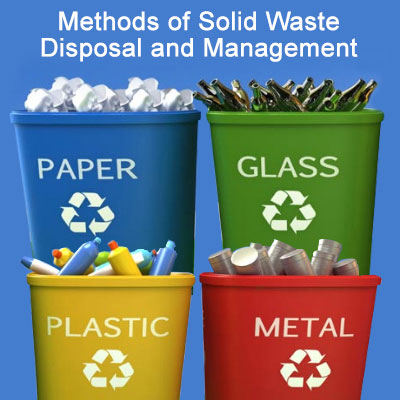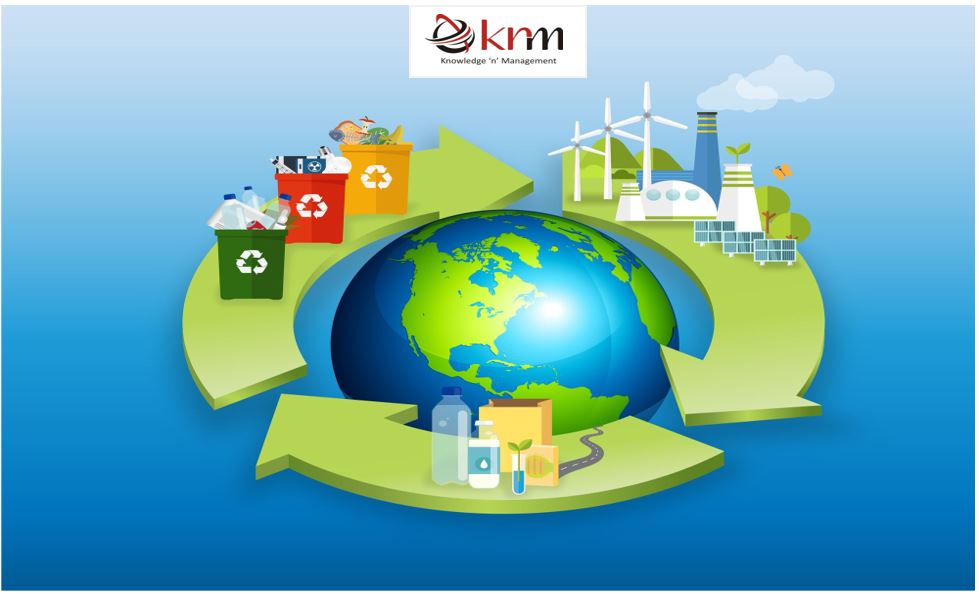Exactly How Recycling Lives Services Help Reduce Environmental Footprints
Exactly How Recycling Lives Services Help Reduce Environmental Footprints
Blog Article
Recognizing the Category and Handling of Numerous Types of Waste
Efficient waste management is pivotal for environmental sustainability, calling for an extensive understanding of the classification and handling of different waste types. Home waste, commercial spin-offs, harmful materials, electronic refuse, and organic remnants each necessitate unique procedures to make sure safety and reduce eco-friendly damages. Carrying out appropriate partition, therapy, and disposal strategies is important to mitigate negative ecological influences and advertise resource conservation. For circumstances, the composting of organic waste contrasts sharply with the elaborate procedures required to take care of harmful compounds. This complex method to throw away monitoring underscores its complexity and the crucial demand for specialized knowledge in this domain.

Family Waste
Household waste, incorporating a wide selection of discarded materials created from everyday living tasks, stands for a considerable part of the general waste stream - recycling lives services. This classification includes organic waste such as food scraps, yard trimmings, and paper items, together with inorganic materials like plastics, metals, and glass. The diverse nature of house waste demands effective classification and management to reduce environmental impact and advertise sustainable living techniques
Reliable household waste administration begins with partition at the resource, promoting recycling, composting, and secure disposal. Organic waste, as an example, can be composted to generate nutrient-rich dirt amendments, decreasing landfill burden and boosting dirt health. Recyclable materials, including paper, glass, and specific plastics, can be processed and repurposed, minimizing and preserving sources energy intake associated with brand-new material production.
Moreover, dangerous home waste such as batteries, digital tools, and cleansing chemicals needs specialized dealing with to stop dirt and water contamination. Public awareness campaigns and hassle-free disposal alternatives play essential roles in guaranteeing correct disposal and recycling of these products. By implementing robust waste reduction techniques and promoting neighborhood participation, municipalities can considerably reduce the environmental footprint of home waste.
Hazardous Waste
Industrial waste, a major contributor to international waste generation, incorporates a varied series of products generated by production, building and construction, and various other industrial tasks. This category includes byproducts such as scrap steel, plastics, rubber, chemicals, and other residues. The structure and volume of industrial waste can differ dramatically depending upon the industry and production processes included. Effective monitoring of commercial waste is critical for lessening ecological influence and promoting sustainable practices.
The handling of commercial waste commonly includes several procedures: collection, disposal, partition, and therapy. Collection systems are made to successfully gather waste products from different resources within a commercial operation.
Adopting methods such as waste minimization, source recuperation, and recycling can dramatically minimize the worry of commercial waste on the environment, adding to more sustainable industrial practices.
Contaminated Materials

Corrosive wastes can harm or destroy living materials and tissues. Flammable wastes can conveniently stir up, posing fire hazards, while reactive wastes can trigger surges or release poisonous gases upon contact with other substances.
Reliable contaminated materials management includes a number of crucial methods: recognition and partition of harmful materials, safe transportation and storage, and suitable therapy and disposal. Treatment approaches might consist of chemical incineration, stablizing, and neutralization. Regulatory compliance is essential, directed by structures such as the Resource Conservation and Recuperation Act (RCRA) in the United States, which ensures eco sound and risk-free administration of hazardous waste.
Digital Waste
Digital waste, typically abbreviated as e-waste, stands for an expanding challenge in waste management as a result of the quick obsolescence of technology. This category encompasses a wide variety of thrown out digital devices, including smart devices, computers, televisions, and family home appliances. The intricacy of e-waste lies in its structure; these products have a mixture of valuable products such as gold and copper, in addition to harmful compounds like mercury, cadmium, and lead.

Regulation and regulations, such as the European Union's Waste Electronic and electrical Devices (WEEE) a knockout post Directive, aim to promote accountable e-waste administration. These policies mandate manufacturers to promote the collection and recycling of electronic items, thus minimizing the burden on garbage dumps and decreasing environmental contamination.
Organic Waste
Organic waste, including biodegradable materials such as food scraps, lawn trimmings, and agricultural deposits, comprises a substantial section of the community strong waste stream. This type of waste is significant not just for its volume however likewise for its prospective environmental effect if not managed correctly. Organic waste can decay anaerobically in landfills, producing methane, a potent greenhouse gas adding to climate adjustment.
Appropriate handling of natural waste involves a number of approaches. Composting is a widely adopted technique, transforming natural materials into beneficial compost that can enhance soil and assistance lasting agriculture. This process also reduces the volume of waste sent to garbage dumps. Another strategy is anaerobic food digestion, which damages down raw material in the absence of oxygen, generating biogas that can be utilized as an eco-friendly power resource. Furthermore, diverting food waste from land fills via donation programs can ease food insecurity while lessening waste.
Municipalities and organizations are progressively recognizing the importance of natural waste monitoring. Executing detailed organic waste recycling programs not just alleviates environmental impacts however also lines up with wider sustainability objectives, advertising a circular economic situation where sources are constantly reused and repurposed.
Final Thought
Reliable waste monitoring and environmental management require a thorough understanding of the classification and handling of various waste kinds. Household, industrial, unsafe, electronic, and natural waste each require distinct treatments for treatment, partition, and disposal. Proper management reduces environmental influence, saves resources, and promotes sustainability. Implementing ideal techniques for each and every waste kind official source makes certain risk-free and responsible waste management techniques, inevitably adding to the security of ecosystems and public wellness.
Effective waste monitoring is critical for ecological sustainability, requiring a comprehensive understanding of the classification and handling of different waste kinds.Home waste, including a wide range of disposed of materials created from daily living activities, stands for a significant component of the general waste stream.Industrial waste, a major factor to international waste generation, encompasses a diverse variety of materials generated by production, building, and other commercial activities (recycling lives services).Dangerous waste, a crucial concern in waste monitoring, makes up products that pose significant dangers to human wellness and the setting due to their harmful, destructive, flammable, or reactive residential properties.Organic waste, incorporating biodegradable products such as food scraps, backyard trimmings, and agricultural deposits, constitutes a significant section of the local solid waste stream
Report this page